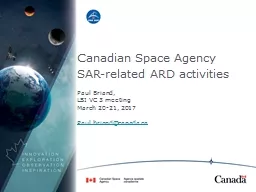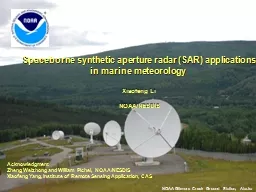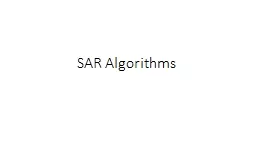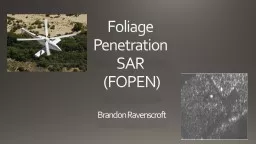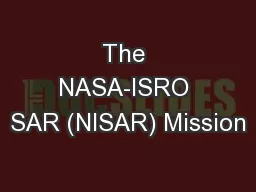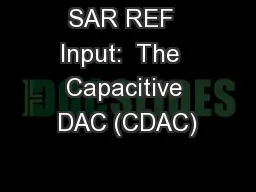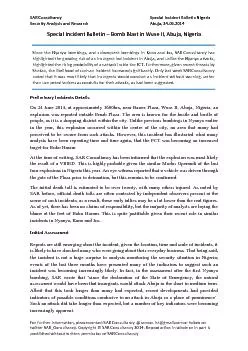PPT-Canadian Space Agency SAR-related ARD activities
Author : trish-goza | Published Date : 2020-04-04
Paul Briand LSI VC 3 meeting March 2021 2017 Paulbriandcanadaca Context The CSA in partnership with different Departments is starting five new initiatives to
Presentation Embed Code
Download Presentation
Download Presentation The PPT/PDF document " Canadian Space Agency SAR-related ARD a..." is the property of its rightful owner. Permission is granted to download and print the materials on this website for personal, non-commercial use only, and to display it on your personal computer provided you do not modify the materials and that you retain all copyright notices contained in the materials. By downloading content from our website, you accept the terms of this agreement.
Canadian Space Agency SAR-related ARD activities: Transcript
Download Rules Of Document
" Canadian Space Agency SAR-related ARD activities"The content belongs to its owner. You may download and print it for personal use, without modification, and keep all copyright notices. By downloading, you agree to these terms.
Related Documents

